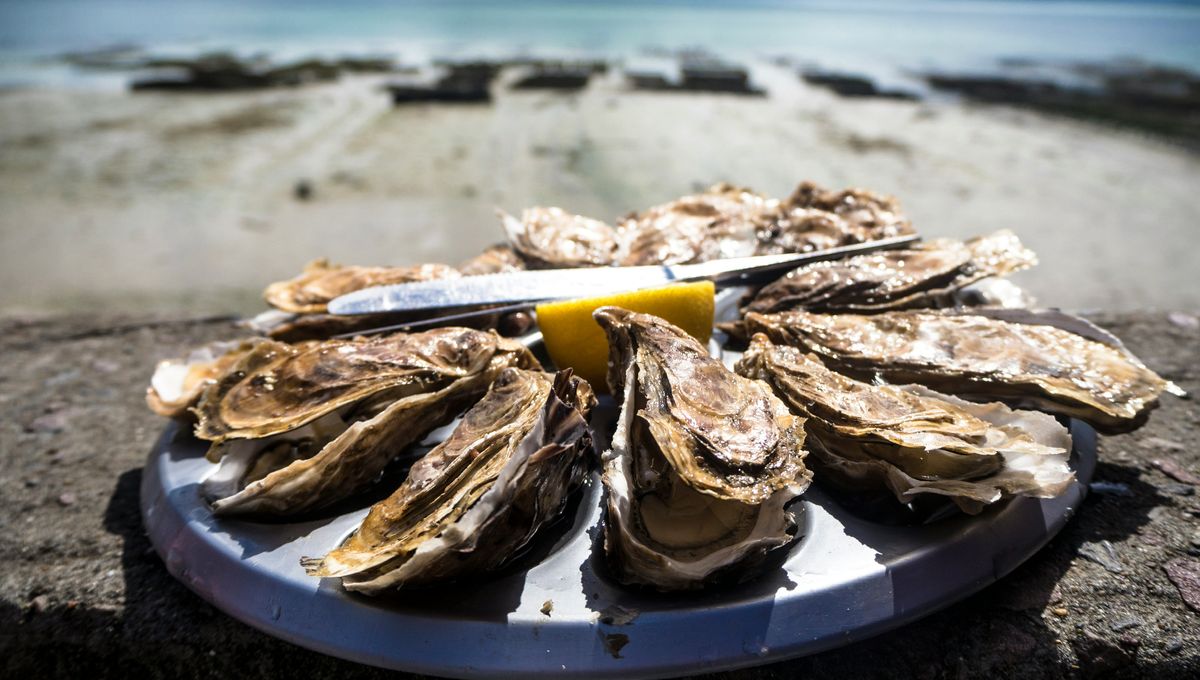
Fiberglass has been found in the food chain for the first time. A “disturbing level” of the artificial material was recently detected in oysters and mussels along the south coast of the UK, although the researchers say it’s likely to be a global issue.
Scientists at the Universities of Brighton and Portsmouth collected oysters and mussels from an active boatyard in Chichester Harbor, a popular sailing location in South England.
Within their edible soft tissues, they detected an abundance of fiberglass, aka glass-reinforced plastic (GRP). The team’s experiments found up to 11,220 fiberglass particles per kilogram in oysters and 2,740 particles per kilogram in mussels.
“Our findings show a disturbing level of GRP contamination in marine life. This study is the first of its kind to document such extensive contamination in natural bivalve populations. It’s a stark reminder of the hidden dangers in our environment,” Dr Corina Ciocan, principal lecturer in marine biology from the University of Brighton, said in a statement.
Fiberglass is a reinforced plastic material that’s made of extremely fine fibers of glass embedded into a resinous matrix. Revered for its tough and lightweight properties, it’s been widely used in boat manufacturing since the 1960s.
The new study shows that the material can release tiny glass particles into the surrounding environment when boats are crushed, dismantled, or repaired. Levels of GRP contamination were especially high during winter, a season when many sailing enthusiasts take advantage of the poor weather to work on their boats.
Once in the water, the particles are then “sucked up” by filter-feeding bivalves, including oysters and mussels. Their method of eating means that filter-feeding bivalves consume all kinds of microparticle contamination, including infectious pathogens and plastics.
The researchers believe it’s possible that GRP contamination negatively impacts the health of the shellfish and might even kill them. They’re now keen to investigate whether the fiberglass microparticles can be transferred up the food chain and impact human health.
“It’s a global issue, particularly for island nations with limited landfill space. Efforts are being made to find viable disposal solutions, but more needs to be done to prevent at-sea dumping and onshore burning,” explained Professor Fay Couceiro from the University of Portsmouth.
“We’re just starting to understand the extent of fibreglass contamination,” she noted.
The new study is published in the Journal of Hazardous Materials.
Source Link: "Disturbing Level" Of Fiberglass Found In Food Chain For First Time